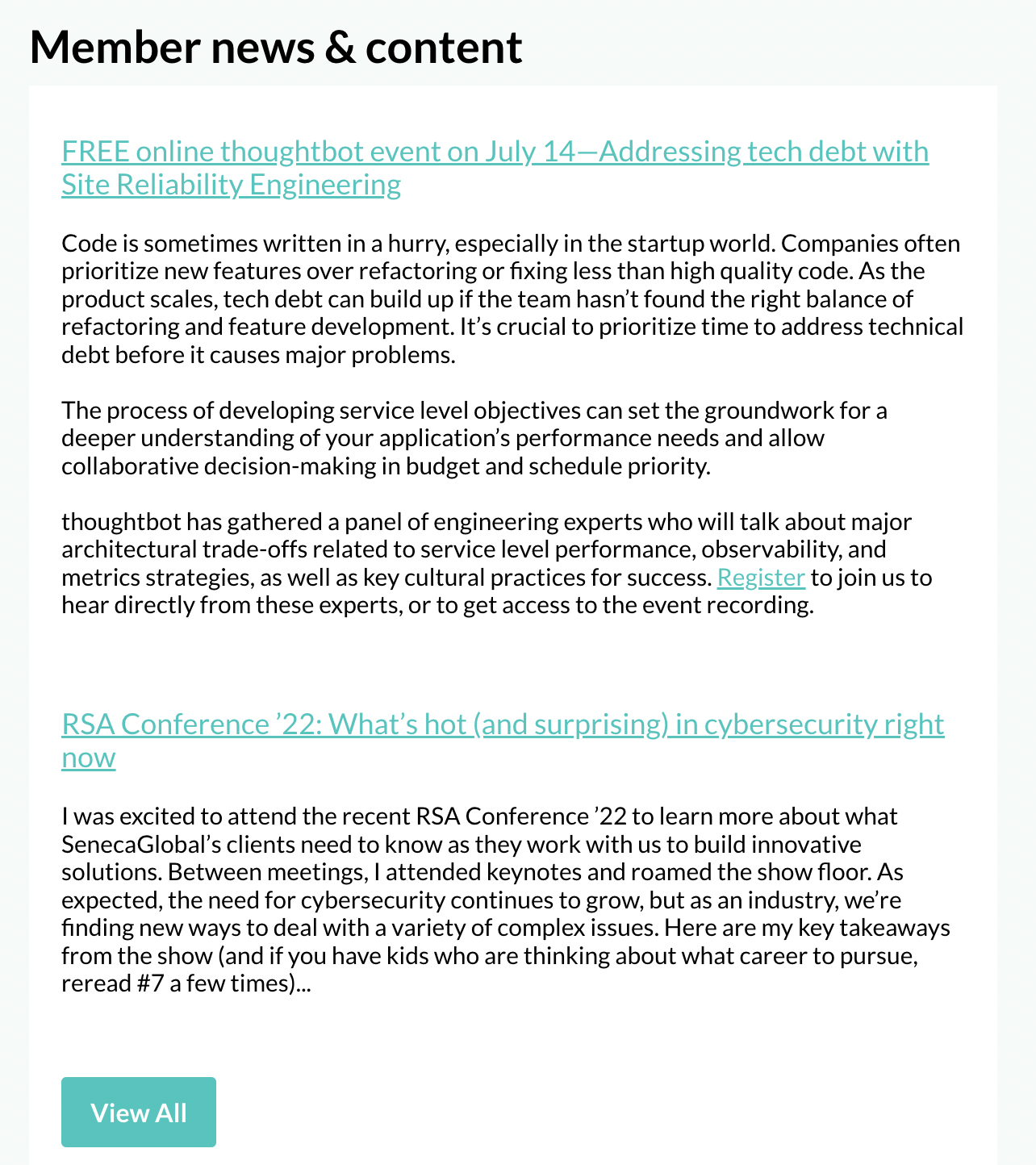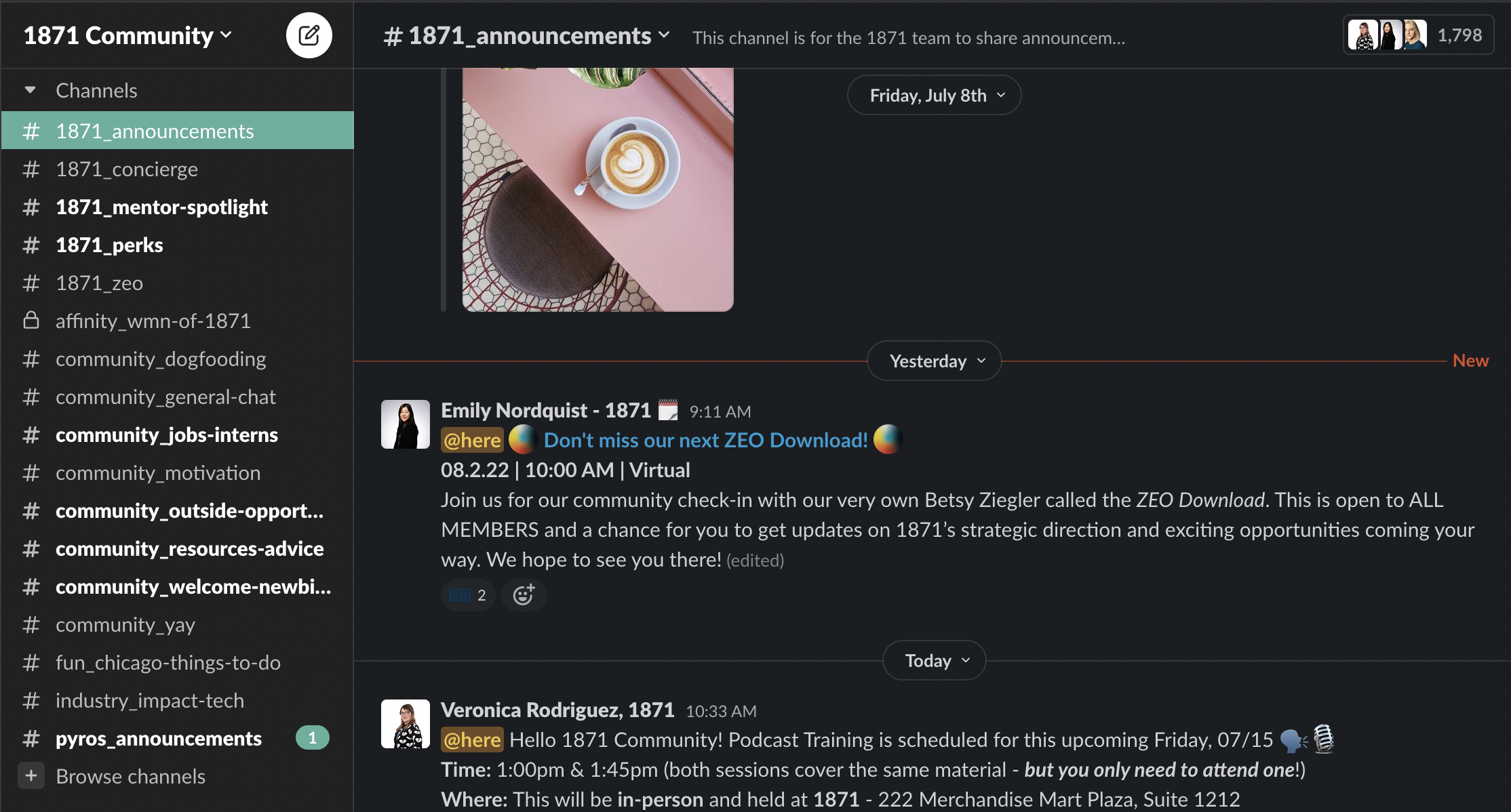By: Chris Arndt
Partner, Red Granite

Do you think it’s important to look in the rearview mirror of your car before merging onto the expressway at 65 M.P.H. (or faster)? Isn’t it smart to know who’s approaching quickly from behind and isn’t planning on changing lanes to accommodate you? It’s probably also a good idea to know how much fuel you have left before realizing the next gas station is 50 miles away (hey, I grew up in rural Wisconsin, it can happen).
I think the obvious answer to these questions is “Yes.” But if paying attention to your gauges and what’s behind you is important in driving, then why do so many entrepreneurs choose not to pay attention to the same things as they relate to their business?
You know where I’m going with this…your potential business growth is the expressway that you hope to accelerate onto; your fuel gauge is your cash reserves in the bank; and that car coming up behind you? Well that car represents a bunch of potential threats: your competitors, your increasing expenses, your endless distractions, and many other things.
Seeing as we’re nearing the end of the year, it’s a great time to take inventory of how your business has done over the past 10 months. The only way you can do this is if you have properly accounted for everything that has happened. While I prefer to help my clients look at ways to improve their future sales and profits, we inevitably must always first look backward to gain insight before we can move forward and effect positive change.
Examples of “Looking Backward”
What do I mean by “looking backward?” Here are some examples:
A. Reviewing where you spent all of your cash so you can decide what was a good expenditure and what wasn’t. As an example, what was your customer acquisition cost (CAC) for each customer you gained from the Instagram campaign you ran via Popular Pays?
B. Analyzing your profit margins on completed jobs to know if you’re actually making money from your customers. I’m guessing some customers are very profitable and some you actually lose money on. Armed with this information, you can make better choices in the future about which customers you should be focusing your marketing efforts on and which you should avoid.
C. Tracking your time to understand what activities you can do that will give you the best ROT (return on your TIME). For an entrepreneur that’s growing a small business, this may very well be the most important “accounting” you can do.
As you can see, “looking backward” doesn’t only mean accounting in its most traditional form of debits and credits. But rather, accounting also means looking at key metrics like CAC and ROT that help you run your business with more focus and efficiency. At Red Granite, we believe that accounting should help you take action to improve your business in the future. In contrast, most accounting is static, looked at for a few minutes, and then filed away under “Totally Useless.”
What about “Looking Forward?”

Now that we’ve focused on looking backward, let’s also remember that looking forward is even more important (and fun). It’s not enough just to look in your rearview mirror as you speed-up for the expressway. What if you’re accelerating without looking forward and smash into a semi truck that’s completely stopped? That’s not good for you or your Smart Car and most likely is worse than not checking your rearview mirror. As it relates to business, not knowing your “days in cash” number could cause you to run full-speed into the business equivalent of a stopped semi truck.
Next month I’m looking forward to helping you look-forward in your business so we can understand “days in cash” and other key metrics that all entrepreneurs must know. In the meantime, please feel free to contact me with any questions at carndt@redgranitellc.com.
Join as an 1871 Early Stage Member.
Attend info sessionSubscribe to our ICYMI newsletter.
Share this post:


